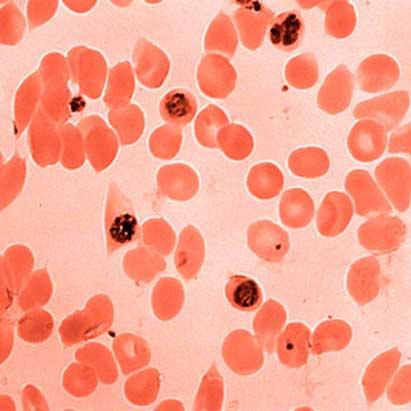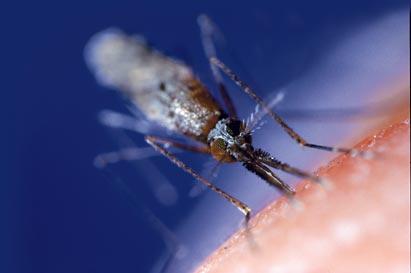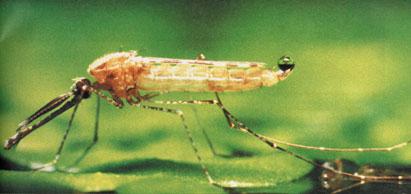Genetic diversity of malaria
2002/07/18 Elhuyar Zientzia

The image shows red blood cells. Some of them contain the parasite Plasmodium falciparum.
Unfortunately, malaria is a very common deadly disease in many parts of the world: 2.7 million people die every year. In addition, it has recently been proven that the use of antifungal so far, called chloroquine, has less and less effect.
Because of the importance of the disease, a team of American scientists have studied in depth the genome of the malaria creator Plasmodium falciparum parasite, and have not obtained good news.
According to their studies, the parasite genome is much more fun and old than expected. A great genomic diversity within a species means that the parasite can have greater resistance to vaccines and drugs: it has greater capacity for transformation of genomes and facilitates the appearance of drug-resistant mutants.
Within the species Plasmodium falciparum there are several variants related to the geographic location of the disease. Thus, in every territory where malaria is very common, as in Asia and Africa, the parasite has its own genetic variety.
According to the study conducted by the scientific team, the variants of the parasite that are now known were formed 180,000 million years ago, date that coincides with the period in which large human migrations occurred.
Scientists say that the study of the genetic heritage of Bizkaia will facilitate the development of new medicines, since, unlike what has been done so far, it will allow to study other ways of attacking the parasite.

Gai honi buruzko eduki gehiago
Elhuyarrek garatutako teknologia






